Month: July 2021
Connections Count
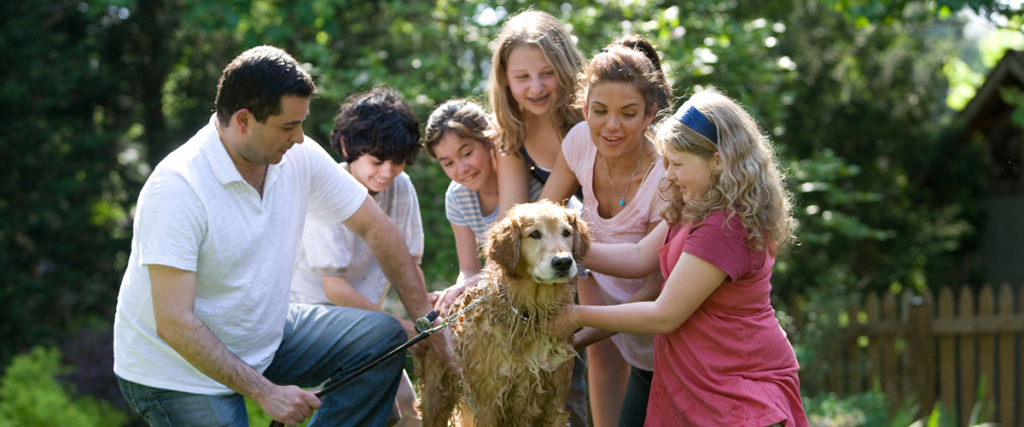
Strong, healthy relationships are important throughout your life. Your social ties with family members, friends, neighbors, coworkers, and others impact your mental, emotional, and even physical well-being. From the time you’re born, your relationships help you learn to navigate the world. You learn how to interact with others, express yourself, conduct everyday health habits, and be a part of different communities from those around you. Learn how positive social habits can help you build support systems and stay healthier mentally and physically.

Active with Others
Where you live, work, or go to school can have a big impact on how much you move and even how much you weigh. Being active with others in your community can have a positive effect on your health habits and create opportunities to connect.
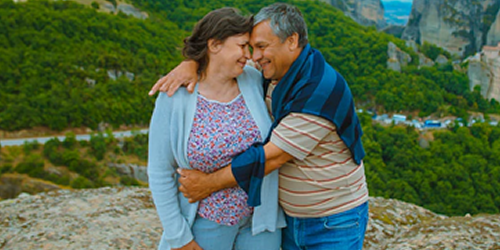
Cuddles, Kisses, and Caring
Cuddles, kisses, and caring conversations are key ingredients of close relationships. Our links to others have powerful effects on our health. Whether with romantic partners, family, friends, neighbors, or others, social connections can influence well-being.

Relationships Old and New
The secret to a meaningful life is meaningful relationships. Think about the sorts of relationships you currently have and the kinds of relationships you would like to have. You may find a need to make new relationships, or strengthen existing ones.
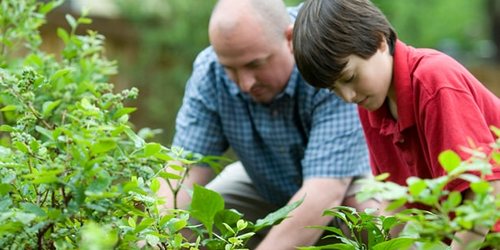
Positive Parenting
Raising children can be both rewarding and challenging. You’re likely to get a lot of advice along the way, but every parent and child is unique. Being sensitive and responsive to your kids can help you build positive, healthy, and resilient relationships together.
The Dog Days of Summer Can Bite You!
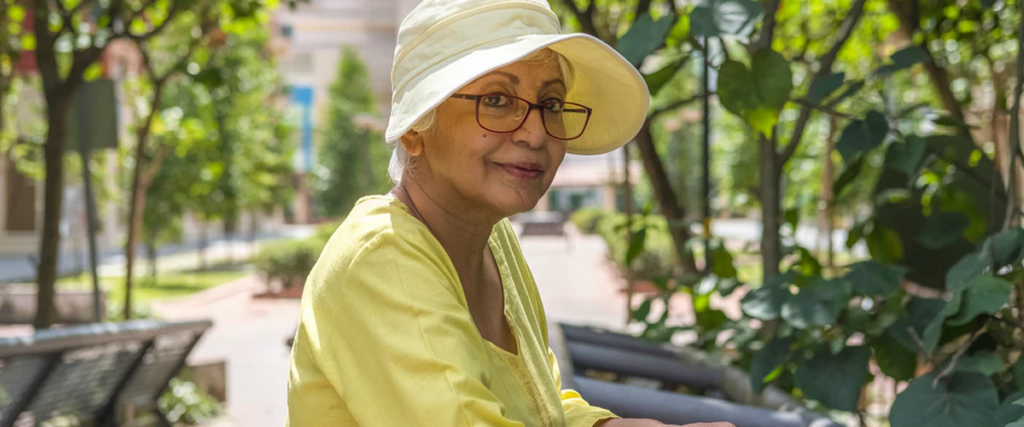
How to Prepare for Power Outages
You know the feeling, and it’s a bad one. Suddenly everything in the house goes silent and dark. Power’s out. You run outside to see if it’s just you and check your breaker box. Meanwhile you are wondering: How long is it going to be out? (Did I charge my phone?) A few minutes is one thing. A few hours, even. But if you’re without electricity for days— or longer — real harm can result for both you and especially elderly shut ins.
We tend to take the power grid for granted, until it fails us. Based on demand, rolling blackouts are more common in summer. So, sooner or later chances are you may be facing an eerily quiet, dark house. What now?
The first action you should take is notifying your utility. Do not assume your neighbors have done it — besides, the more people that report an outage, the better they can pinpoint the problem. After critical care community services (like hospitals and airports) have power restored, utilities generally look to areas that can bring lots of customers back at one time. So, you cannot over-report.
However, don’t wait until the lights go off. It’s best to do research ahead of time to know what tools and resources your utility offers. Most utilities have methods of reporting outages via text message, dedicated phone app, or websites. Sign-up to receive outage updates on your cell. Do yourself a favor and set this up before the next outage.
If your provider is Idaho Power, input these phone numbers into your contacts to be prepared.
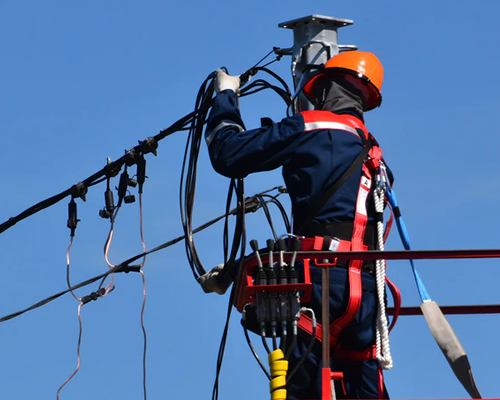
REPORT AN OUTAGE
- By Phone
- Treasure Valley: 208-388-2323
- Outside Treasure Valley: 1-800-488-6151
- By Email
- Send full name, address, and any relevant details to: outage@idahopower.com
If you, or especially your elderly family or neighbors rely on electrically powered medical equipment, be sure to notify both your local fire department and utility company.
What if it’s going to be an extended outage?
No matter the emergency, be ready with a disaster supplies kit like that detailed on ready.gov. That should include water, at least a three-day supply of non-perishable food, and things like manual can openers, flashlights and extra batteries (including for your cell phone). It is a good habit to keep all important prescriptions filled, and medical supplies well stocked.
Before deciding to stick it out, listen to authorities. If the outage is the result of a natural disaster or other calamity, it may be that you need to evacuate. But if you stay, take note of the time. When the outage strikes, the clock is ticking on the food in your refrigerator and freezer. The USDA says food in a fridge will stay safely cold for four hours if the door isn’t opened and a full freezer will maintain temperature for about 48 hours (if it’s half full, that’s 24 hours) as long as you keep the door closed. Don’t rely on just looking — and certainly not on tasting — to see if the food’s safe. Instead, keep appliance thermometers in the fridge and freezer. You want to see 40°F or below in the fridge and 0°F or lower in the freezer. When in doubt, take individual foods’ temperature with a food thermometer.
Even as we continue to move past a world-wide pandemic, it’s the common stuff, like power that can cause the most significant, instantaneous disruption to our daily activities.
Make sure to check in on your older loved ones or neighbors. It may be necessary to temporarily move them into your home or another safe living location until power is reestablished.
To learn more and be prepared follow the links provided in the resources.
Resources:
- Be Prepared for Outages
- Emergency Preparedness
- Power Outage Safety from American Red Cross
- Power Outage Tips from Ready.gov
Please visit the ICOA website at aging.idaho.gov for more great information on aging services.
Mindfulness Exercises
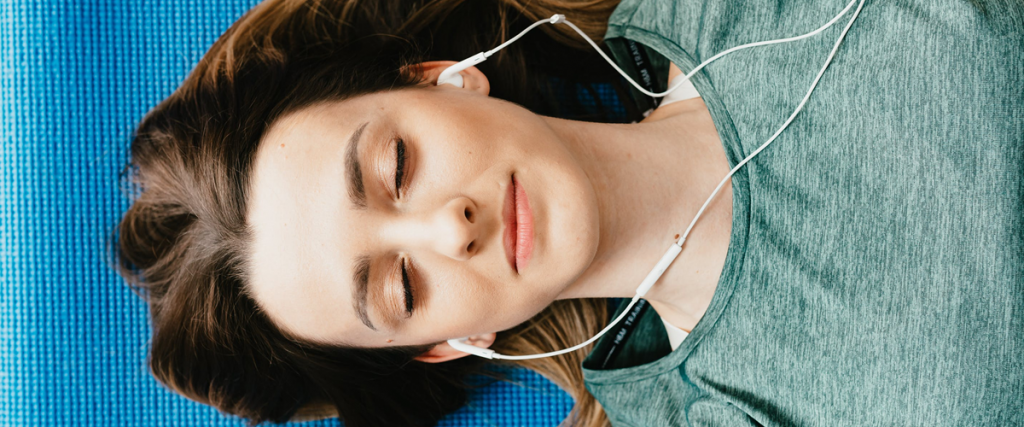
The Cambridge Dictionary defines mindfulness as “the practice of being aware of your body, mind, and feelings in the present moment, thought to create a feeling of calm.” It means being aware of your thoughts, feelings, and surroundings instead of going through life on autopilot. Mindfulness matters because it can help manage stress, anxiety, and depression. It has also been associated with a greater enthusiasm for life and improved self-esteem.
The four exercises below are examples of ways to start, or enhance, a mindfulness practice.
Exercise 1: Body Scan
The body scan practice helps you become more aware of how all parts of your body are feeling. When you first start this practice, it may be helpful to go to a quiet location. As you gain experience, you can do the exercise anywhere and anytime. You can choose to do this exercise for five minutes or for more than an hour.
- Find a comfortable position. The first few times you do this practice, try lying on your back with your eyes closed.
- Take five breaths. Feel your belly rise as you breathe in. Feel your belly fall as you breathe out. Continue to breathe slowly throughout the exercise.
- Note how your body feels as a whole. What information is your body giving you? Is there any area of tension?
- Now begin to focus on each part of your body in order.
- Begin with the toes of your left foot. What do you feel? Cool air? A soft blanket? A scratchy sock? A confining shoe? Perhaps you don’t feel anything. This is OK. Take a deep breath and end your focus on your toes.
- Next move to the sole of your left foot. Again, what do you feel? When ready, take a deep breath, and end your focus on your foot.
- Continue to focus on each part of your body. Give each part your full attention in the order listed. (Go down the first column, starting with “top of the left foot” and then the second column. Thus, “left fingers” will follow “chest”). Once you finish with an area, take a breath and move on to the next area. When your mind wanders, be gentle with yourself, knowing that this is what minds do. Take a breath and refocus where you left off.
- top of the left foot / left ankle / left shin / left calf / left knee / left thigh / left hip / pelvis / right foot and leg (as you did the left) / return to your pelvis / belly / back (lower, middle, and upper) / chest / left fingers / then in order–your left hand, wrist, forearm, upper arm, shoulder / right hand and arm (as you did the left) / neck / face / scalp / top of the head
- End the practice by returning to your breath. Take five breaths, noting the rise and fall of your belly.
Exercise 2: Seated Meditation
Go to a quiet place where you will not be disturbed.
- Decide how long you want to practice. Do you want to start with two to five minutes? Consider setting a timer, so you know when the time is up without being distracted by looking at a clock.
- Sit comfortably.
- If you are in a chair, put both feet on the floor.
- If you are sitting on a cushion, it is best to have your hips higher than your knees. Position yourself on the cushion so that your knees can rest on the floor. Or support your knees with a prop that keeps them lower than your hips.
- Let your spine stretch up into a neutral spine position, lengthening out like a string of pearls.
- Put your hands in a comfortable position.
- Set an intention for this meditation. It may be as simple as “May I cultivate mindful awareness in my life.” Another example is “May I seek and practice the benefits of silence and stillness.”
- Close your eyes and turn your attention inward, or gaze softly at the floor.
- Focus on your breathing.
- When you breathe in, is it fast, slow, noisy, quiet, easy, or difficult?
- When you breathe out, is it fast, slow, noisy, quiet, easy, or difficult?
- If your attention wanders, accept that it is normal. Then resume focusing on your breathing. Be kind to yourself. Minds wander; that is what they do. The key is to gently bring your awareness back to your breath when it wanders.
- Continue to focus on your breath.
- When the timer sounds, slowly open your eyes.
- Think about your experience.
- How did it feel to focus on breathing for this length of time?
- Concentrating on your breath in this way can be challenging at first. It becomes much easier with practice.
Exercise 3: Mindful Awareness While Commuting
How do you usually spend the time as you move from one location to another? Often people are lost in thought. You can arrive without thinking how you got to your new location. Moving from point A to point B gives you an opportunity to practice mindful awareness. You can do this whether you walk, cycle, drive, or use public transportation.
Note: For safety reasons, it is best if you first become familiar with this mindful awareness practice while you are a passenger and not driving a car or riding a bike.
Try the following exercise during your daily travels.
- Avoid distractions like a radio, headphones, phone, computer, print materials, eating and drinking.
- What do you see? Look around you with fresh eyes. What colors, shapes, textures, sizes, and movements do you see? Try not to judge what you see. Use this as a time to simply see. Keep your awareness in the present moment, not the past or the future.
- What do you hear? Are the sounds around you loud, soft, harsh, continuous, off and on, high-pitched, or low-pitched? What direction do the sounds come from?
- What do you smell? Breathe your usual way through your nose. Pay attention to any smells you detect. Then take a deep breath through your nose. Do you detect any different smells?
- What do you taste? Is your mouth open or closed? Are you aware of any taste?
- What do you feel physically? (For example, do you feel your hands on a steering wheel? Your feet on bicycle pedals or a sidewalk? Your behind on a seat?) What are you aware of at these points of contact? (For example, do your feet hurt?) What are you aware of elsewhere in your body? Are your shoulders relaxed, tense, or neutral? What about your jaw, your neck, and your back? What emotions do you notice?
- As you travel, continue to notice what you see, hear, smell, taste, and feel.
- When you arrive at your new location, bring this same attention into the rest of your activities. This can make for a richer day
Exercise 4: Mindful Moment
- Find a comfortable seated position.
- Take five breaths. Feel your belly rise as you breathe in. Feel your belly fall as you breathe out.
- Notice your jaw.
- Notice how the left side of your jaw feels. Is your jaw tense, relaxed, or neutral? Are you clenching your teeth together? If so, separate them to relax your jaw.
- Now do the same with the right side of your jaw.
- Take a slow, deep breath. How does it feel to have your teeth separated and your jaw relaxed?
- Notice your neck.
- Does your neck feel tense, relaxed, or neutral as if lengthened like a string of pearls?
- Allow your neck to stretch out into a neutral position. Look straight ahead. Stretch the back of your neck. Tuck your chin slightly.
- Mindfully note your neck. As you feel safe to do so, slowly turn your head to look toward your right shoulder. Do not force the motion, just let it flow and stop the turning where you feel safe.
- Take a breath before returning to neutral.
- Again mindfully note your neck. As you feel safe to do so, slowly turn your head to look toward your left shoulder. Do not force the motion, just let it flow and stop the turning where you feel safe.
- Raise your chin so that you are looking where the wall in front of you meets the ceiling.
- Take a breath before returning to neutral.
- Lower your chin as far toward your chest as possible without straining.
- Take a breath before returning to neutral.
- Again mindfully note your neck. As you feel safe to do so, slowly bring your right ear down toward your right shoulder, keeping your shoulder relaxed. Do not force the motion, just let it flow and stop moving where you feel safe.
- Take a breath before returning to neutral.
- Again mindfully note your neck. As you feel safe to do so, slowly bring your left ear down toward your left shoulder, keeping your shoulder relaxed. Do not force the motion, just let it flow and stop moving where you feel safe.
- Take a slow, deep breath. Notice how it feels to have your neck relaxed.
- Notice your shoulders.
- Focus on your shoulders. Do they feel tense, relaxed, or neutral?
- Raise your shoulders toward your ears.
- Breathe in deeply. Allow your shoulders to relax as you breathe out.
- Roll your shoulders forward three times.
- Roll your shoulders backward three times.
- Allow your shoulders to come to rest in a relaxed, neutral position.
- Take a slow, deep breath. How does it feel to have your shoulders relaxed?
- Take five breaths. Feel the rise of your belly as you breathe in. Feel your belly fall as you breathe out.
- Maintain your awareness of the jaw, the neck, and the shoulders throughout your daily activities. Repeat this exercise whenever you feel tension building in these areas. This will help keep you tuned in to your body and help you release unnecessary tension.
These exercises were written for the Veterans Health Administration (VHA) by Charlene Luchterhand MSSW, Education and Research Coordinator, Integrative Health Program, University of Wisconsin Department of Family Medicine and Community Health. They were included in a handout as part of a document for clinicians, Clinical Tool: Mindful Awareness Practice in Daily Living, written by Adrienne Hampton, MD. The handout was reviewed and edited by Veterans and VHA subject matter experts. Veterans Health Administration (VHA) by Charlene Luchterhand MSSW, Education and Research Coordinator, Integrative Health Program, University of Wisconsin Department of Family Medicine and Community Health.
Source: “Mindful Awareness Practice in Daily Living” from US Department of Veterans Affairs, June 2020
 Official Government Website
Official Government Website